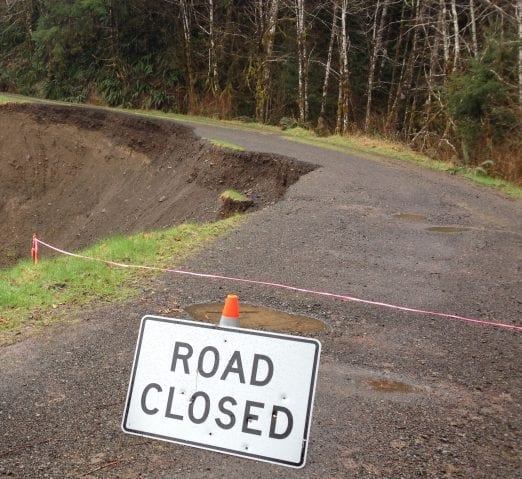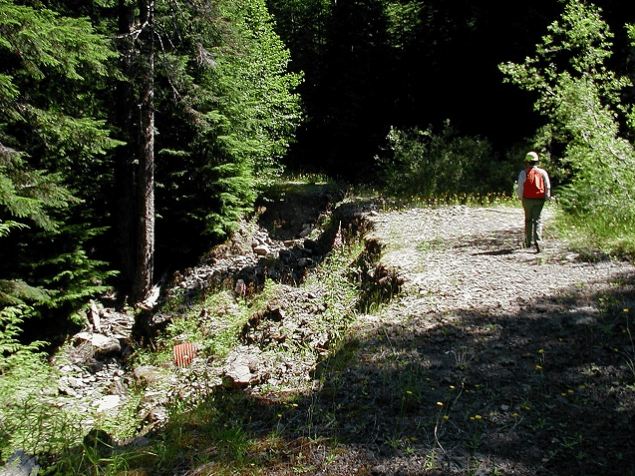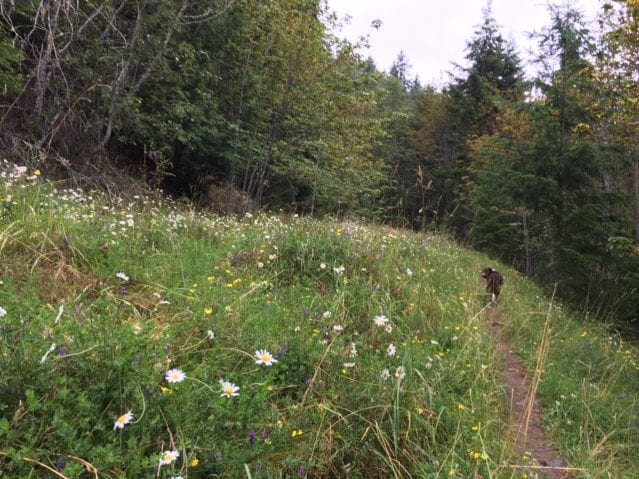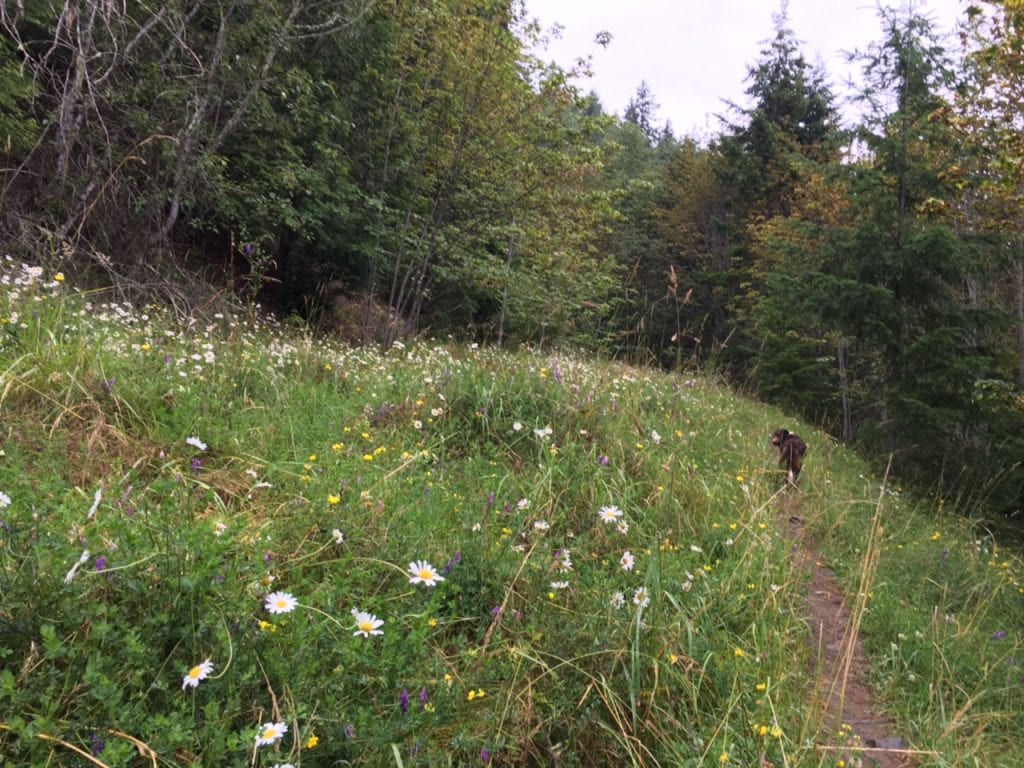As “Stay Home-Stay Safe” orders have shrunk many of our worlds to the footprint of our house, apartment, or bedroom, I find myself noticing the smaller world of fresh blossoms on the red flowering currant or the new bird song that was added to this week’s chorus. I also notice the dirt in the corners of my home, the water stains on the windows, the peeling paint, and, and, and….
Yet, what I really start dreaming about are the wild places in the national parks, forests, state lands, and beaches that are currently closed to public access. I feel an overwhelming longing to get to a trail I love or camp along a river. The draw to those places and being outside, especially during this time of stress, is intense.
Maybe that urge to access what is closed is also driven by the Forest Service project that I’m currently reading and evaluating during the “public comment period,” which is required by the National Environmental Policy Act (NEPA). NEPA provides all of us the opportunity to speak our mind about what happens on public lands. The key components of this “restoration” project that I’m most focused on are related to improving the streams, stream habitat, and overall watershed condition. And the component that has the biggest impact is the forest road system—those paved or dirt or gravel roads that deliver us to trailheads, campgrounds, and swimming holes—which also harms wildlife and waterways. This particular project is proposing to “close” or decommission 30% of the current road system.

Most often, Mother Nature dictates which Forest Service roads end up closed. Photo by WildEarth Guardians.
That feels like a lot. Closure has finality to it. Synonyms include: end, conclusion, finish, shutting. But, I read more. Apparently, 130 of the 223 miles of roads in this forest are technically already closed, either because the roads are falling apart, overgrown with vegetation, or simply aren’t used. With too many roads and too little money, the Forest Service loses miles and miles just because they degrade. Decommissioning, which means reclaiming the road and turning it back to a more natural state, is often proposed for roads that are mostly already closed, overgrown, and/or undriveable.

Portions of this road eroded away because of storms, undersized culverts, lack of maintenance funds and now costly repairs to reconstruct. Photo by USFS.
The antonym of closure is opening. I see that happening here. With every mile that is decommissioned, we get habitat for black bears, Pacific fisher, or salmon stitched back together—reconnected. For every truckload of sediment that is prevented from entering a stream, we get clear water that is cleaner for drinking water suppliers. For every dispersed camping site moved, we get less wildfire, since in this forest, 90% of the fires have been human-caused at dispersed campsites along roadways. And for every dollar not spent on band-aiding a piece of road that keeps failing, we can spend that dollar on a road that most people use frequently.

This decommissioned road is being reclaimed by nature while still providing access to hiking trails. Photo by WildEarth Guardians.
I understand that some people consider road decommissioning by the Forest Service a “loss of access.” I am relating to this perception now as I wrestle with my own perceived loss of access to my local wild places. But those places are still there and maybe having a chance to rejuvenate a little, while I’m just trying to shift my focus simply on the wild by my house. Perhaps, too, as we emerge from “staying at home” and open up to the outdoors again, we can think of this proposed project as a renewed opening for the people and wildlife that access this corner of the forest.
Healthy humans and healthy watersheds have a synergy. Let’s consider shedding what doesn’t serve us and working towards what does.
